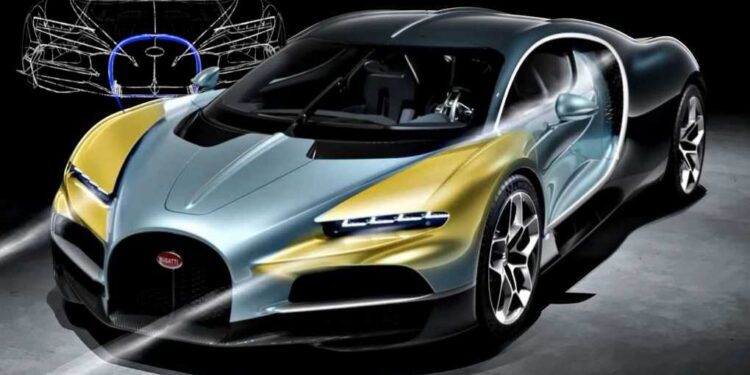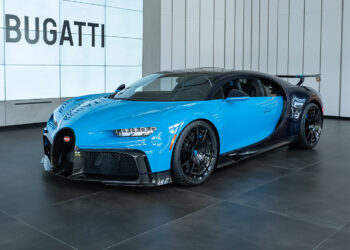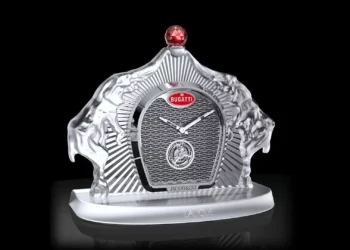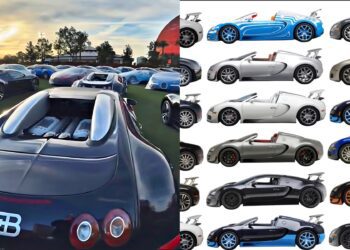It’s been well over a year since the limited-run, naturally-aspirated V16-powered Bugatti Tourbillon first broke cover back in June 2024, but the French automaker continues to spotlight the immense engineering and design challenges behind its creation. Through its ongoing “A New Era” documentary series, Bugatti has been releasing short films that peel back the layers of the Chiron’s successor, revealing how a century of design heritage evolved into something entirely new.
In the latest episode, Chief Exterior Designer Jan Schmid and his team walk you through this 250+ mph hypercar’s exterior design philosophy. Their task was monumental: reimagine Bugatti’s DNA for a hybrid future without losing the instantly recognizable form that has defined the storied marque for more than a century. Schmid calls it “finding that sweet spot of what a Bugatti is and what a Bugatti can be.”
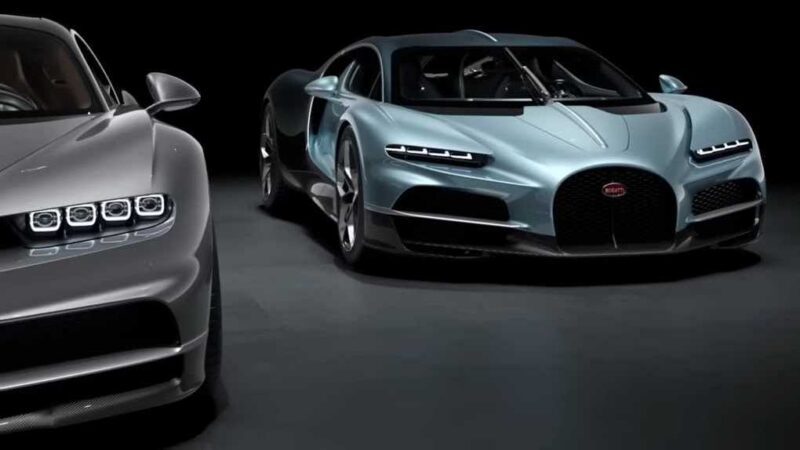
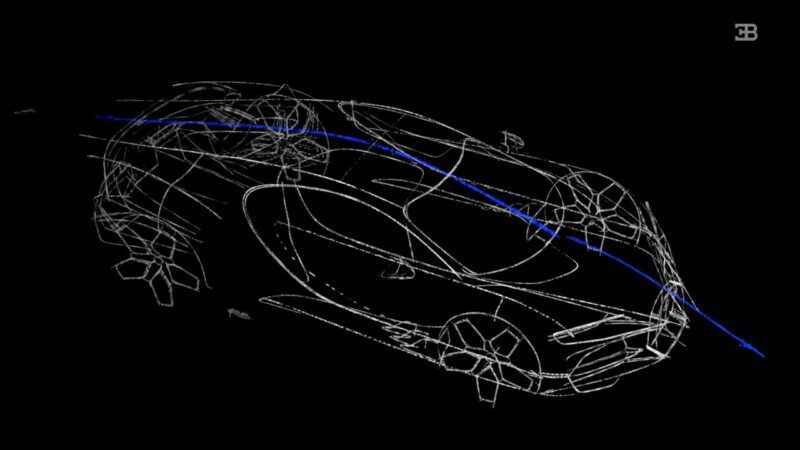
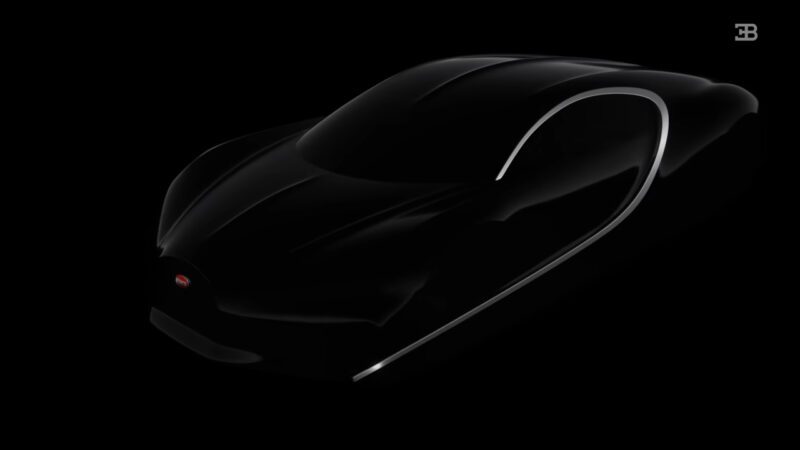
Every line, vent, and crease on the Tourbillon serves a purpose. For instance, the widened and lowered horseshoe grille doesn’t just look aggressive; it improves airflow while perfectly accommodating an EU number plate without disrupting aerodynamics. It draws inspiration from past models, including the Type35. The fuselage’s centerline, inspired by the iconic Type 57 SC Atlantic’s riveted spine, flows from nose to tail, where it culminates in a slim, integrated third brake light.
The sweeping Bugatti Line arcs from the A-pillar around the greenhouse before looping back toward the front, defining both motion and proportion. It’s also where the brand’s iconic duotone paint split begins, a nod to its earliest creations. The side profile exaggerates the “Coke bottle” shape, cinching at the waist before flaring into the muscular rear haunches.
Innovative packaging, as highlighted by CEO Mate Rimac, was key to the overall form, which also takes inspiration from nature, more specifically, the falcon. Despite matching the Chiron’s footprint, the Tourbillon fits more luggage space, an electric front axle, and additional aerodynamic ducting while sitting lower to the ground. The headlights, mounted on what Bugatti calls the “flying fenders,” serve a functional purpose, channeling air through the body to feed the radiators and side intakes.
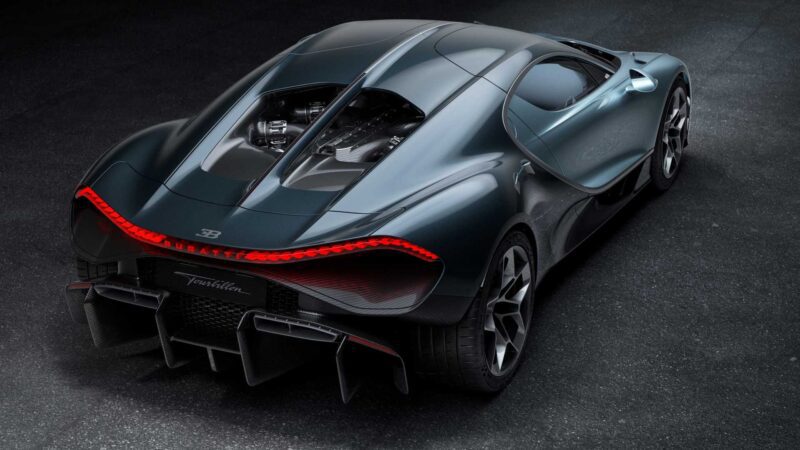
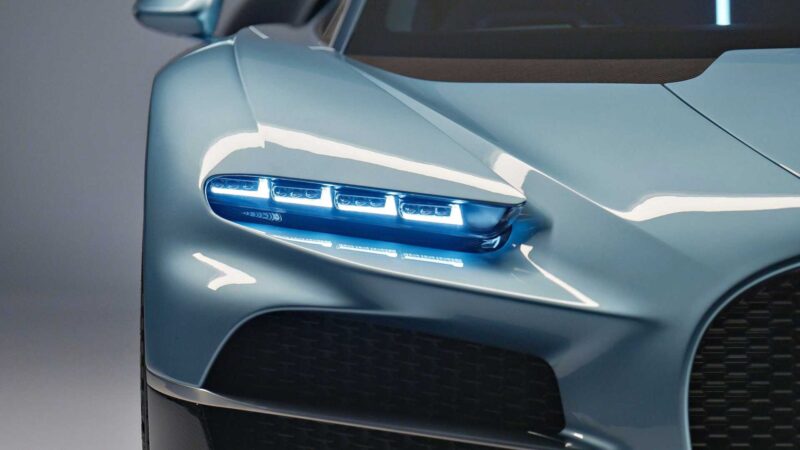
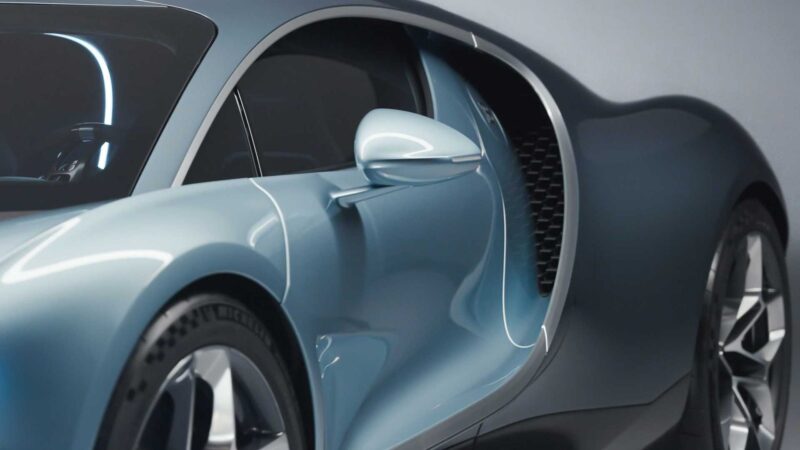
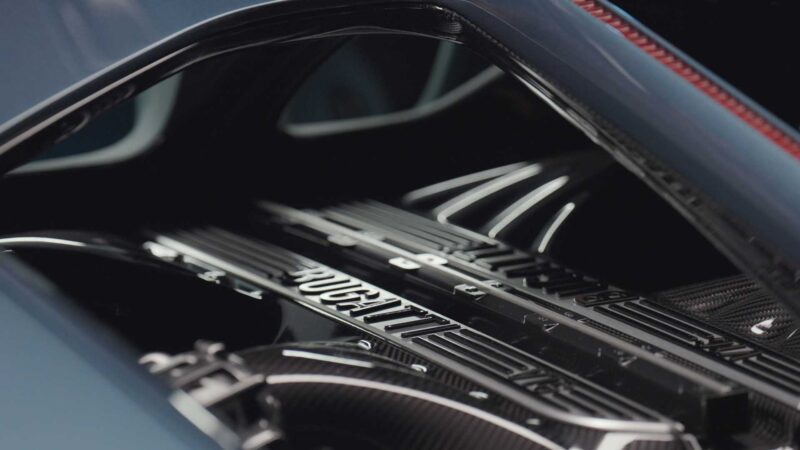
Out back, 124 LEDs form a single monobloc tail light bar with the Bugatti script glowing at the center. The open engine bay showcases the naturally aspirated V16 as part of the sculpture, rather than something to conceal. Other highlights include the aggressive diffuser that starts behind the front seat, and the active rear wing that seamlessly blends into the bodywork and only deploys when needed. This was something that Frank Heyl, Bugatti’s Director of Design, also threw light on in episode 2 of the series.
Schmid’s favorite detail? The rear fender’s broad surfacing is inspired by the Veyron’s muscular proportions. In his words, it gives “real strength and muscle” to the stance. The Tourbillon represents the meeting point between heritage and innovation, and you can find out more in the film below, about this 1,800 horsepower flagship, limited to 250 just 250 examples and all of which have been spoken for.
Images: Bugatti


